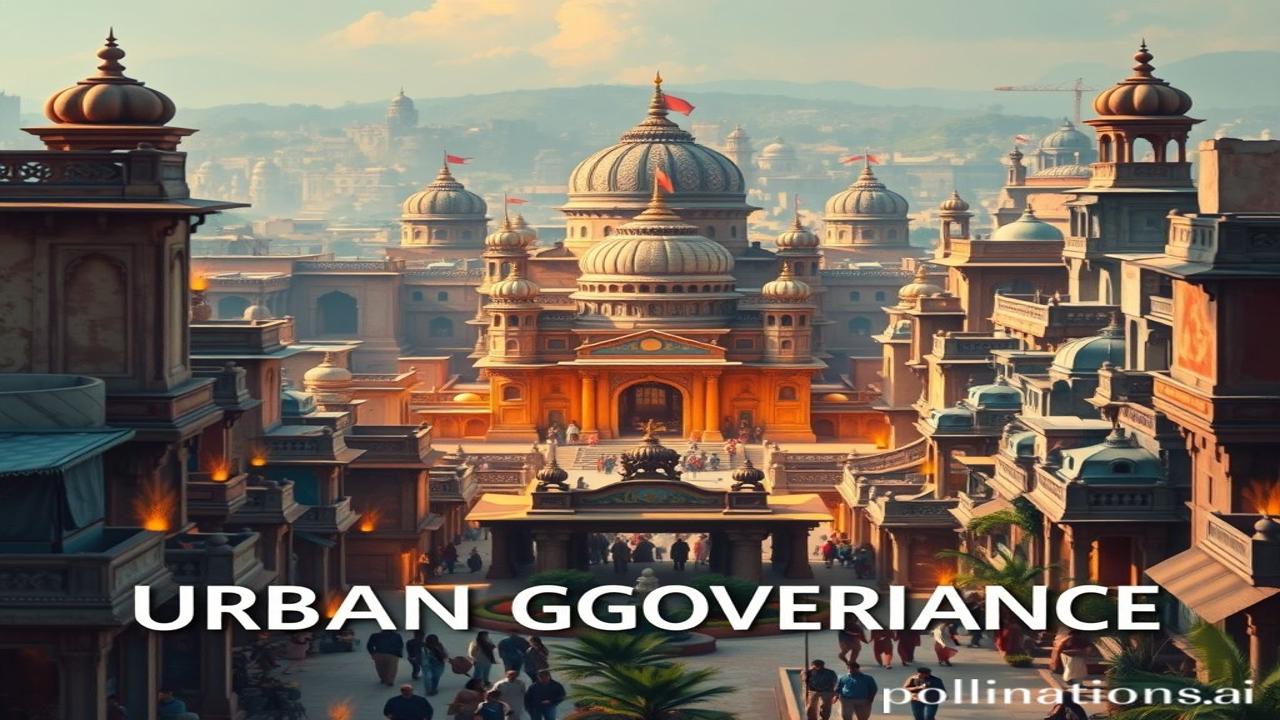Waqt Ke Panno Mein Chhupi Nagariyan: Unveiling Urban Governance in Ancient Indian Cities
Kabhi kabhi mann karta hai, waqt ki nadi mein dubki laga kar, un shaharoon ki galiyon mein ghumne ka, jahan aaj sirf khandar hain. Imagine, 5000 saal pehle, jab roads banaaye jaa rahe the, water management system develop ho raha tha… kya mahaul tha? How did those ancient cities function? Let’s explore the fascinating world of urban governance in ancient India, a journey that whispers tales of ingenuity, civic pride, and a deep understanding of community living.
इतिहासिक पृष्ठभूमि / Historical & Cultural Context: Shaping Ancient Cityscapes
The story of urban governance in ancient India is a long and layered one, stretching from the Indus Valley Civilization (around 3300-1700 BCE) to the Mauryan Empire (322-185 BCE) and beyond. These weren’t just villages that grew haphazardly; they were meticulously planned cities like Mohenjo-daro and Harappa, which boasted sophisticated drainage systems, standardized brick sizes, and well-organized street grids.
Why is this important? Because it challenges the notion that urbanization is a modern phenomenon. Ancient India provides some of the earliest examples of well-planned and governed urban centers. Take the example of Mauryan Empire, a kingdom run according to Kautilya’s Arthashastra, had municipalities that were responsible for sanitation, policing, trade regulation and even the maintenance of public spaces. These were not just administrative centers; they were vibrant hubs of economic, cultural, and intellectual life.
ज़मीनी सच – लोग और जीवन / Deep Dive with Human Element: Echoes of Daily Life
Imagine a day in Pataliputra, the grand capital of the Mauryan Empire.
- The Officer’s Day: A Nagarika (city official) starts his day reviewing the city’s upkeep reports. He’d ensure garbage collection was regular and streetlights were burning brightly. His work was critical for the prosperity and peace of the city.
- The Artisan’s Struggle: A potter, struggling to make ends meet, appeals to the local trade guild, hoping for fair prices for his wares. Trade guilds wielded significant power, regulating the quality of goods and ensuring fair competition.
- The Saint’s Guidance: At a local Buddhist vihara, monks chant sutras, offering solace and spiritual guidance to the community. Buddhism and Jainism significantly influenced social ethics and governance during this period.
“Ma Rukmini ne aaj naye kapde pehne, kyunki mandir mein utsav tha…” The city was not just about administration, but about the lives, dreams, and aspirations of its people. Festivals, religious rituals, and everyday acts of kindness knitted the urban fabric together.
धरोहर और पहचान / Cultural Significance Today: Echoes in the Present
Even today, the principles of civic responsibility, community involvement, and sustainable living, that were prevalent in ancient Indian cities, resonate with our modern aspirations. The emphasis on sanitation and water management in cities like Mohenjo-daro feels surprisingly relevant in a world grappling with climate change and resource scarcity.
Many of our traditional festivals and rituals, like Diwali, Holi, and Rath Yatras, originated in these ancient urban settings, fostering a sense of collective identity and belonging. “Bharatiyata” is not just a concept; it is an inheritance from the people who built and governed these urban ecosystems.
मजेदार तथ्य या भ्रम-भंजक / Fun Fact or Myth-Buster: Beyond the Textbooks
Myth: Ancient Indian cities were chaotic and unplanned.
Reality: Archaeological evidence suggests otherwise. Many cities, like Mohenjo-daro and Harappa, demonstrate sophisticated urban planning, indicating a high degree of administrative control and civic awareness. The roads were grid, which means they used the modern day technology in building the infrastructure.
दृश्य और भावनाएं / Visual & Sensory Layer: A Symphony of Senses
Picture this: the air thick with the scent of sandalwood incense from nearby temples and spices from bustling marketplaces. The rhythmic clang of a blacksmith’s hammer echoes through the narrow lanes. The cool, smooth touch of a sandstone pillar in a public square offers respite from the scorching sun. The vibrant colours of silk saris worn by women add a splash of life to the city’s landscape. The roar of celebrations and prayers. This is what the streets of ancient India looked and felt like.
अंतिम विचार या उद्धरण / Closing Insight or Quote: Reflections on Ancient Wisdom
As we reflect on the urban governance of ancient India, we see not just a historical curiosity, but a mirror reflecting our own challenges and opportunities. The wisdom of our ancestors, their emphasis on sustainability, social justice, and civic engagement, can guide us in building more inclusive and resilient cities for the future.
“सर्वे भवन्तु सुखिनः, सर्वे सन्तु निरामया” – May all be happy, may all be free from illness. This ancient prayer, echoing through millennia, remains a timeless aspiration for our cities and our lives.
